

Sustain Your Health with Purple Potato
The technology of Purple-fleshed sweet potatoes (PFSP) is a sweet potato variety with purple-colored flesh. These PFSP varieties are characterized by their high levels of anthocyanins, a type of flavonoid that imparts the purple color and contributes to their antioxidant properties. This technology provides a nutrient-rich crop with enhanced antioxidant activity, thereby addressing dietary imbalances and vitamin deficiencies in underserved communities. It is a valuable addition to agricultural systems, promoting overall health and well-being.
This technology is TAAT1 validated.
Adults 18 and over: Positive high
The poor: Positive high
Under 18: Positive high
Women: Positive high
Climate adaptability: Highly adaptable
Farmer climate change readiness: Significant improvement
Biodiversity: Positive impact on biodiversity
Carbon footprint: Same amount of carbon released
Environmental health: Does not improve environmental health
Soil quality: Does not affect soil health and fertility
Water use: Same amount of water used
The problems mentioned regarding "Purple-fleshed sweet potato (high in antioxidants)" include:
The Purple-fleshed sweet potato (PFSP) technology offers a sustainable solution with significant impacts on various aspects such as nutrition, food security, and economic development. To integrate this technology into your project, you need:
Estimate the quantity of bags of vines needed for your project based on the technology cost and seed requirements per hectare knowing that In Kenya, a bag with 10 kilograms of sweet potato vines are usually sold for less than USD20, including transport costs. For planting a field measuring one acre (0.3 hectare) you need 20 bags of vines, making a total cost of USD400. Additionally, allocate resources for training and post-training support provided by a team of trainers during project installation.
Develop communication materials such as flyers, videos, and radio broadcasts to promote awareness and adoption of PFSP technology among farmers and stakeholders. Collaborate with agricultural development institutes and seed multiplication companies to implement the technology effectively at scale.
As the technology is available in Kenya, Uganda, Nigeria, include the delivery cost to the project site and account for import clearance and duties if relevant.
For better optimization of the PFSP, it is recommended to associate this technology with Community-based cutting production, Tent-style greenhouse production of vines and cuttings, Raised bed production and weed management, Specialty blended fertilizers, Relay intercropping of legumes with sweet potato, Silage production from sweet potato vines.
To implement the technology in your country, you could collaborate with agricultural development institutes and seed multiplication companies.
Open source / open access
Scaling Readiness describes how complete a technology’s development is and its ability to be scaled. It produces a score that measures a technology’s readiness along two axes: the level of maturity of the idea itself, and the level to which the technology has been used so far.
Each axis goes from 0 to 9 where 9 is the “ready-to-scale” status. For each technology profile in the e-catalogs we have documented the scaling readiness status from evidence given by the technology providers. The e-catalogs only showcase technologies for which the scaling readiness score is at least 8 for maturity of the idea and 7 for the level of use.
The graph below represents visually the scaling readiness status for this technology, you can see the label of each level by hovering your mouse cursor on the number.
Read more about scaling readiness ›
Uncontrolled environment: tested
Used by some intended users, in the real world
| Maturity of the idea | Level of use | |||||||||
| 9 | ||||||||||
| 8 | ||||||||||
| 7 | ||||||||||
| 6 | ||||||||||
| 5 | ||||||||||
| 4 | ||||||||||
| 3 | ||||||||||
| 2 | ||||||||||
| 1 | ||||||||||
| 1 | 2 | 3 | 4 | 5 | 6 | 7 | 8 | 9 | ||
| Country | Testing ongoing | Tested | Adopted |
|---|---|---|---|
| Kenya | –No ongoing testing | Tested | Adopted |
| Nigeria | –No ongoing testing | Tested | Adopted |
| Uganda | –No ongoing testing | Tested | Adopted |
This technology can be used in the colored agro-ecological zones. Any zones shown in white are not suitable for this technology.

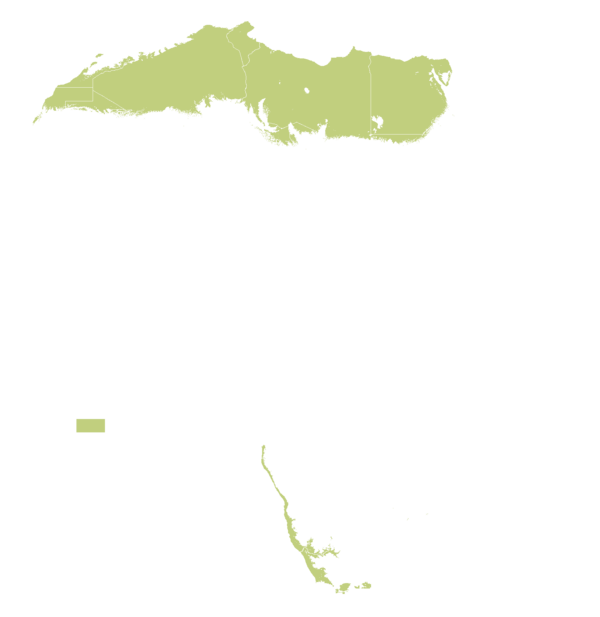

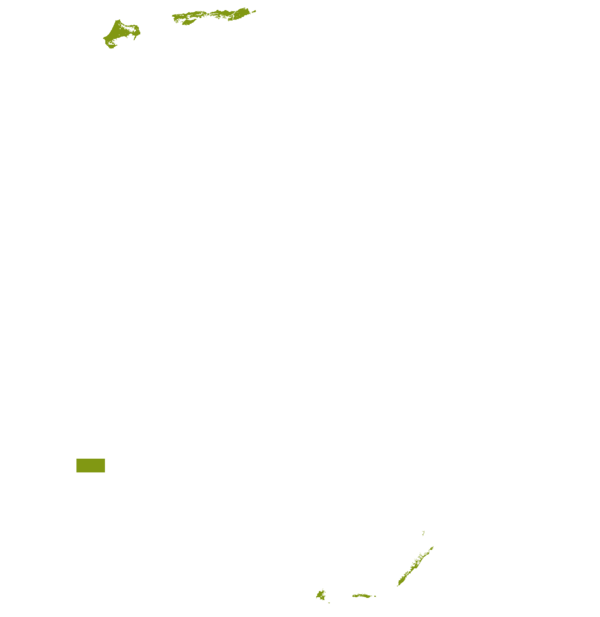






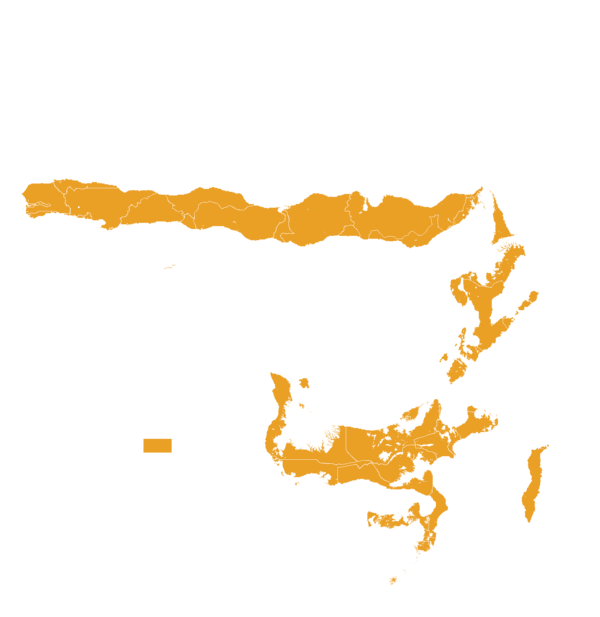


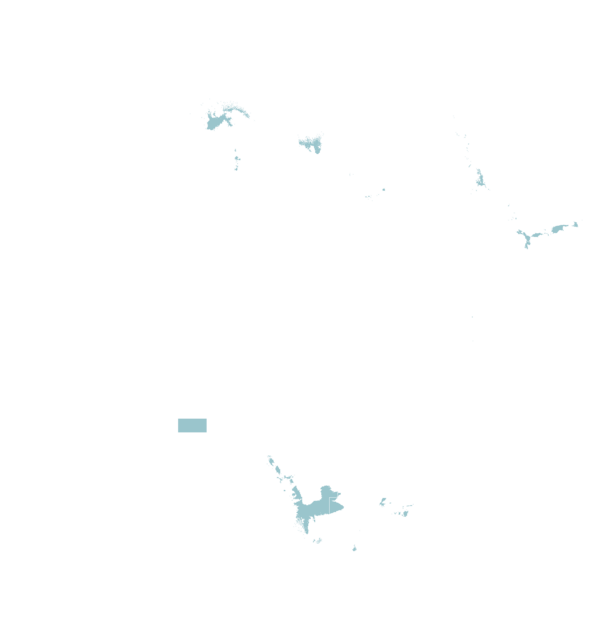

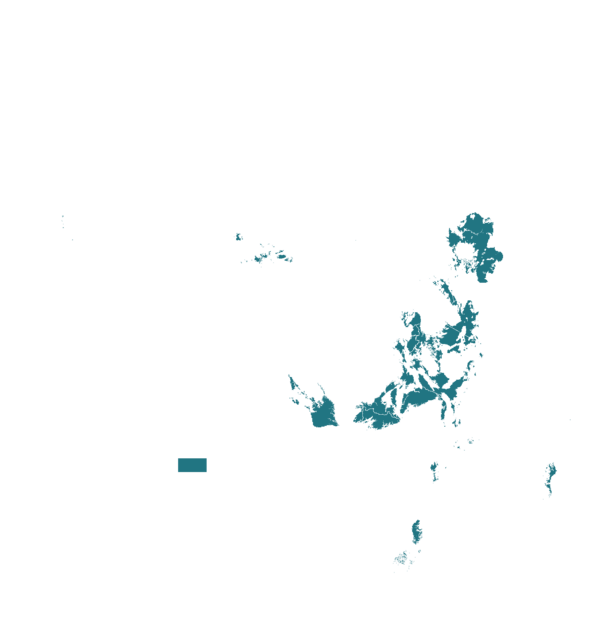
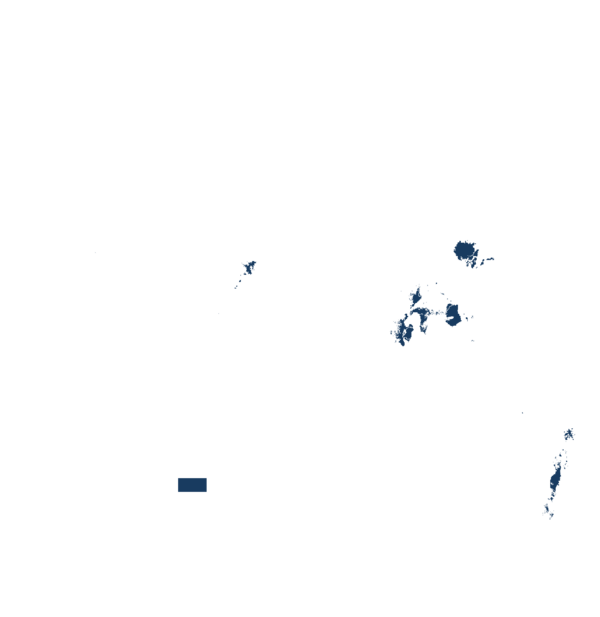
| AEZ | Subtropic - warm | Subtropic - cool | Tropic - warm | Tropic - cool |
|---|---|---|---|---|
| Arid | ||||
| Semiarid | ||||
| Subhumid | ||||
| Humid |
Source: HarvestChoice/IFPRI 2009
The United Nations Sustainable Development Goals that are applicable to this technology.


Here's the procedure for implementing the technology of "Purple-fleshed sweet potato (high in antioxidants)":
Last updated on 7 November 2025